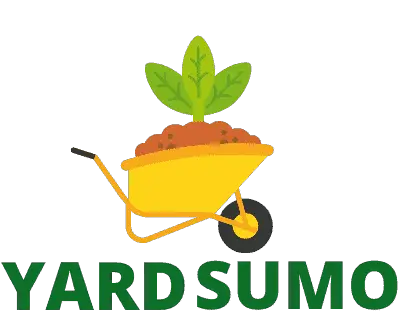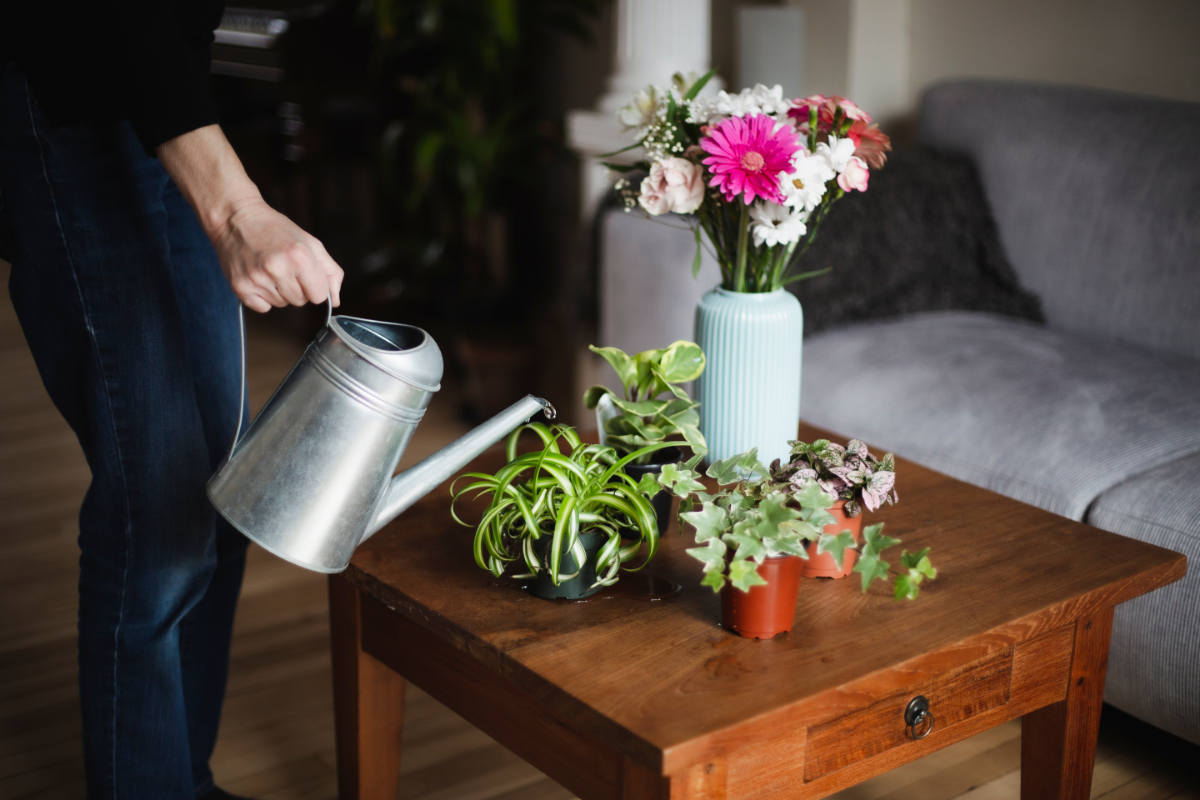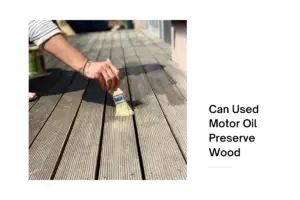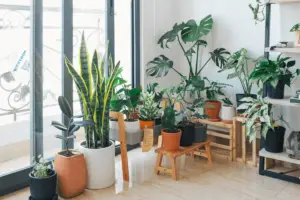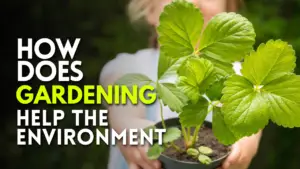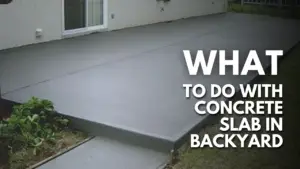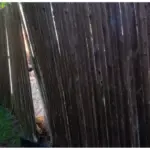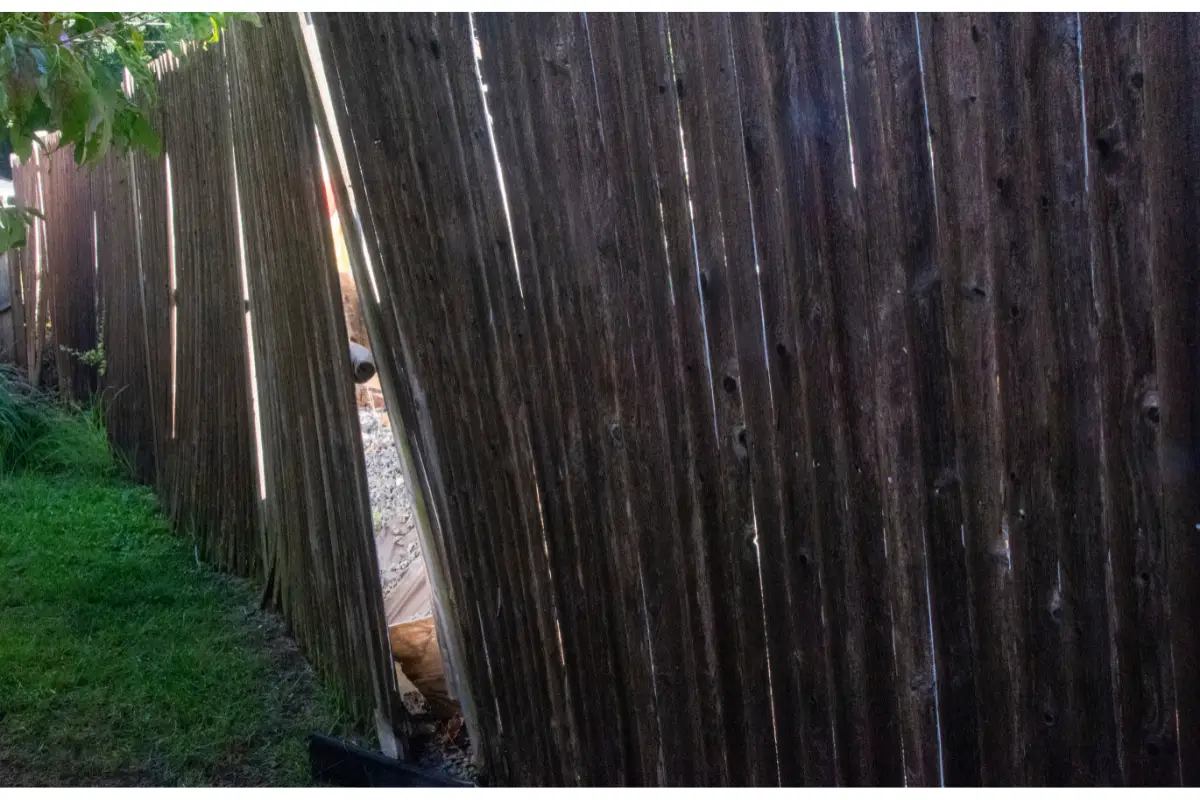It is general knowledge that plants require watering to produce nourishment for optimum growth. Overwatering, however, can cause plant death more quickly than you might think. But what other things will happen if you end up overwatering your plant?
Overwatering your plants can drown them and cause them to die. One of the major reasons is a lack of oxygen in the roots owing to excessive wetness, which makes plants turn yellow. If overwatering isn’t managed, eventually the plant may die. However, if they do survive, they are usually stunted and weak.
Furthermore, even if you end up overwatering your plants, you can always save them and keep them growing well if you notice the mistake on time. To assist you, I will explain to you what happens to plants if they are overwatered and how to fix them.
How do plants deal with too much water?
Plants use guttation as one of their unique methods of dealing with excess water. This is a process where some vascular plants release drops of xylem sap on the tips or edges of their leaves.
However, this should not be confused with dewdrops or transpiration. Transpiration, on the other hand, is the movement of water through a plant and its evaporation from apical portions including stomata, stems, and flowers.
When the stomata close at night, however, transpiration ceases since the plant does not require the same amount of water. Plants compensate for overwatering by taking in more moisture through the roots and building up pressure to propel nutrients upward.
Furthermore, guttation should not be confused with dewdrops. Dew is created on the plant’s surface when moisture in the air condenses. Guttation, on the other hand, refers to moisture emitted by the plant due to overwatering.
Overwatering may cause guttation in some plants, however, this does not mean the plants are unhealthy. When a plant is overwatered, however, there are some symptoms that it shows are unhealthy.
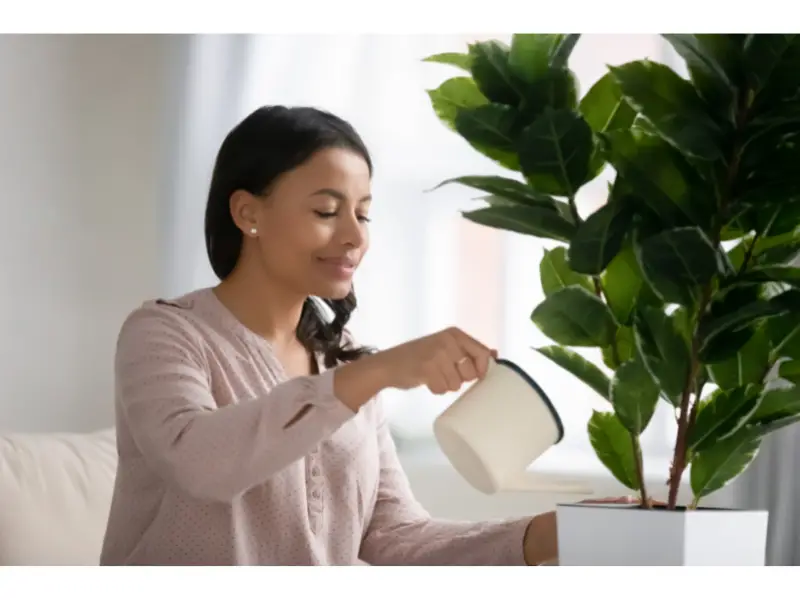
What will happen if your plant is overwatered?
Overwatering is a problem for plants. Even though plants require water, only a small portion of the water taken up by the roots can be used for growth and metabolism. The other 97–99.5% left is eliminated by transpiration and guttation.
Overwatering your plant might drown it and cause it to die. Here are some of the things that can happen to your plant if it is overwatered.
- Wilting and Defoliation
When a plant is overwatered, one of the first indicators is wilting and defoliation. The loss of firmness of non-woody sections of plants is known as wilting. This happens when the turgor pressure in non-lignified plant cells goes below zero due to a lack of water in the cells. Defoliation, on the other hand, refers to the process of a plant’s leaves falling off.
Wilting and defoliation are also signs of under-watering, thus some gardeners may attribute this to a lack of water. In this situation, resist the urge to add extra water; otherwise, you’ll simply make things worse.
If this happens to your plant, make an effort to inspect the soil before making a decision. If the soil is dry, for example, you can give the plant more water. If the soil is moist or saturated, however, save the plant right away.
- Diseases
When plants are subjected to excessive water due to waterlogging, the aeration of the roots is hampered, resulting in low oxygenation and deterioration. And fungi and pathogens that cause disease thrive in such wet soil.
Excess moisture attracts diseases including Crown Rot, Oomycetes (often known as “water molds”), Pythium, and Phytophthora. Furthermore, the most effective treatment for this form of the disease is usually prevention, such as destroying infected plants before they spread and replacing the surrounding soil.
- Drowning
Photosynthesis, in which carbon dioxide is transformed to oxygen in a mechanism involving both sunlight and water, is how plants produce the oxygen that humans breathe. Similarly, respiration is the mechanism through which plants absorb oxygen from their roots. When a plant is overwatered, however, the roots get sick and stop functioning normally.
As a result, the root is damaged, and the plant is unable to breathe because the air pockets in the soil are filled with water. The plant drowns as a result of this.
- Stunted Slow Growth
If your plant isn’t well-watered, one of the things that can happen is stunted growth. These signs are almost always present in plants that have been overwatered. The plant roots decompose when there is a shortage of oxygen, and the plant loses its vigor. This affects its growth and causes it to be stunted.
How to fix overwatered plants?
- Stop watering
The first step is a straightforward one, but it is a critical one. To save the plant, you should stop watering it. You must, however, first identify the issue. If you detect any of the symptoms, you must determine if they are caused by overwatering; otherwise, you will just complicate the problem.
- Provide a shade for the plant
If the soil becomes waterlogged, provide shade to decrease the sun’s impact. This will make the topless susceptible to drying.
- Double-check for drainage
Check if the pot has a drainage hole to let excess water out if it’s an indoor plant. Also, if you’re planting it in the garden, make sure the soil drains well. Create a drainage system if there isn’t one already in place to let excess water out.
- Prune away rot roots
To assist your plant spread out quickly, you should remove it from the soil. Make sure you get the entire root of the plant as you’re doing this. Remove the old soil off the root gently as well. Following that, you’ll need to trim any rotting roots that are soft and brown. On the other hand, healthy roots would be white and firm. Similarly, dead leaves and stems can be pruned away such that the plant is no larger than twice the size of the root.
- Transfer your plant
For indoor plants, you must transplant the plant into well-drained, healthy soil or a pot. If required, replace the soil in the pot and water it thoroughly, but not excessively.
